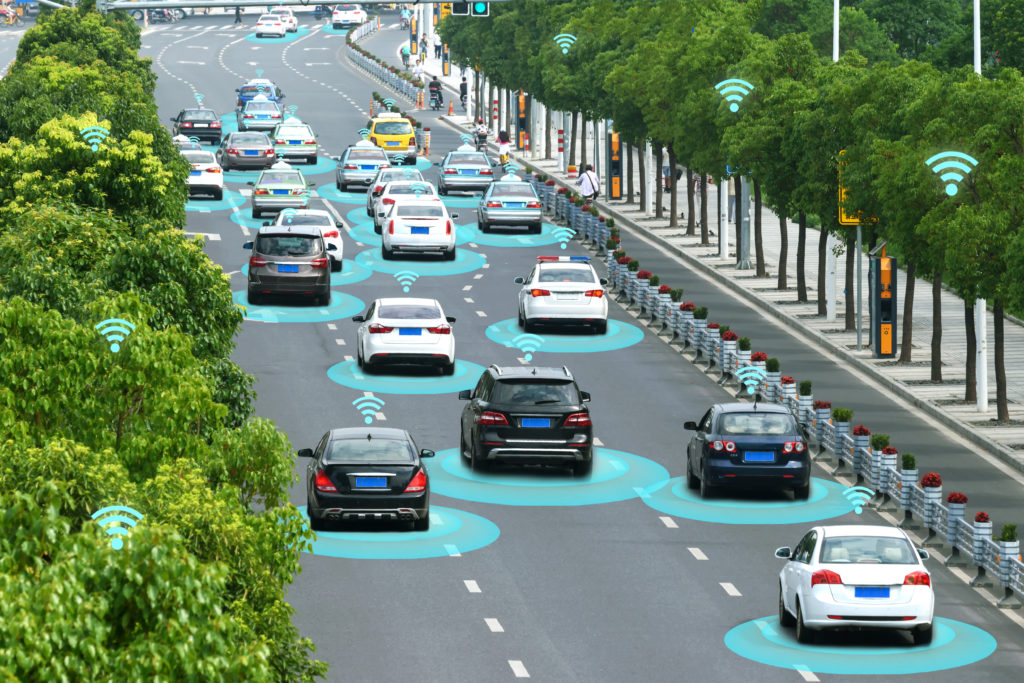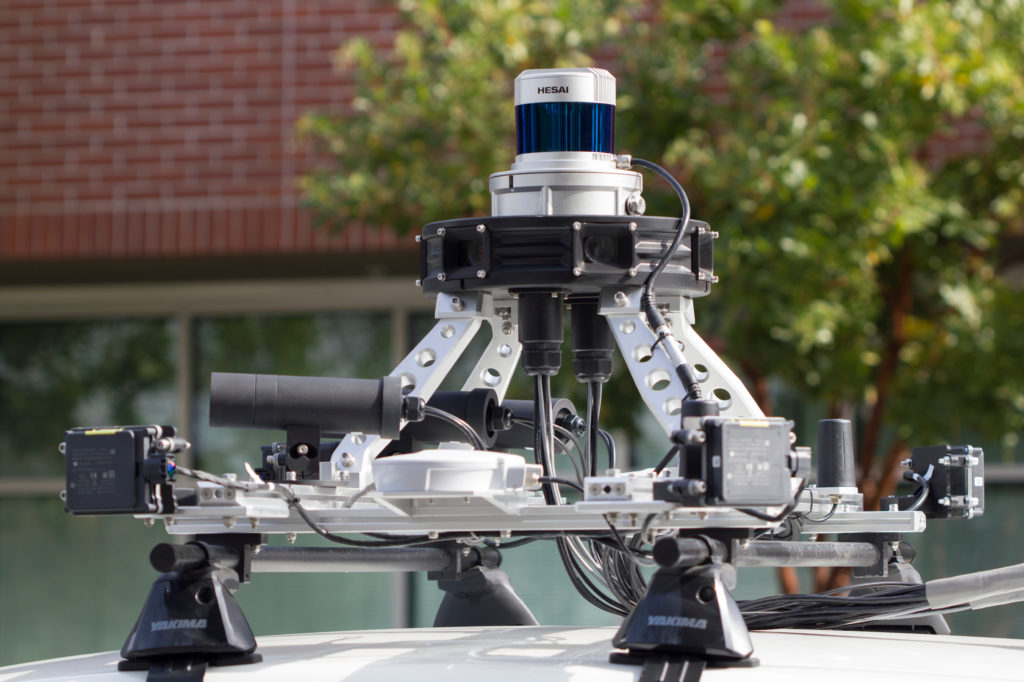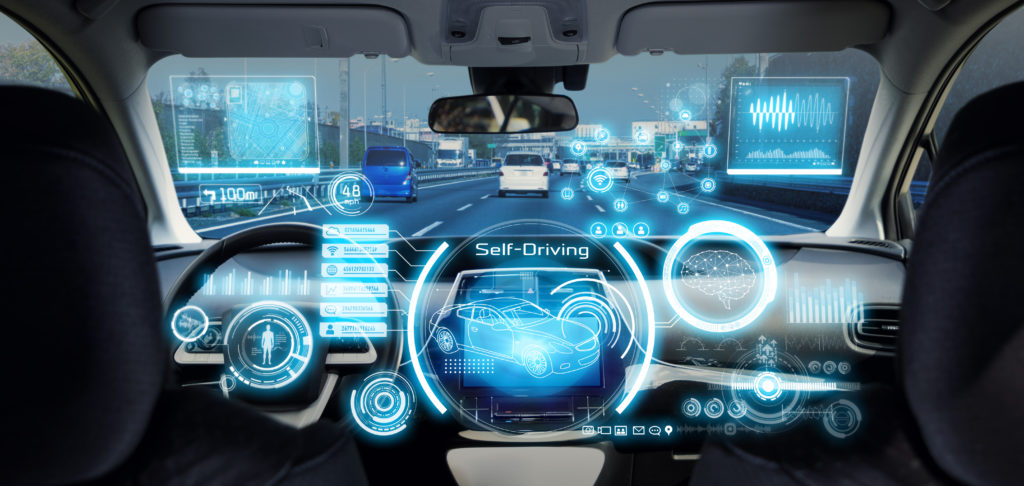
Autonomous vehicles are swiftly taking the automotive world by storm. Recent years have seen major players such as Apple, Google, and Tesla deploy test fleets across the United States. Smaller-yet-surging startups such as Argo AI have joined the race as well, with Ford and Volkswagen’s backing. Even Toyota has invested a sizable $400M in Pony.ai, intending to revolutionize public transportation. Toyota funneled $500M into an autonomous-driving project with Uber back in 2018.
These companies are exploring the next great frontier in automotive technology. Naturally, safety concerns have arisen in the wake of these projects. How are autonomous vehicles navigating the streets safely?
Autonomy Through LiDAR

Manufacturers have outfitted their fleets with light detection and ranging, otherwise known as LiDAR. Each vehicle is equipped with a sensor that continually measures range and scans its surroundings for obstacles. This guidance system sends laser pulses, which are reflected back to the vehicle’s sensor. This provides a 3D mapping of streets, buildings, cars, and even pedestrians. For these reasons, LiDAR serves as “eyesight” for autonomous vehicles. An integrated GPS unit allows companies to remotely monitor location.
Range, Field of View, and Detection

System ranges can vary, though most excel at short to medium range. Some can even survey the environment up to 500 meters away. The technology holds a clear safety advantage over other radar systems, which tend to detect less accurately during turns. LiDAR doesn’t suffer from this same shortcoming and is designed for both city and highway use.
These sensing platforms also boast varied fields of view. Higher-end systems possess the most significant vision (upward of 120 degrees or more), while cheaper alternatives may claim half. Furthermore, LiDAR units can scan upward to a small degree, with awareness improving as time passes.
Monitoring features vary by system, but LiDAR can detect the following:
- Distance between one or multiple vehicles
- Distance from objects
- Environmental hazards
- Lane markings
- Curbs
- On-road and off-road pedestrians
It’s important to note that many autonomous vehicles aren’t using LiDAR alone. Safety is derived from redundancy, and many manufacturers are also equipping vehicles with high-definition cameras for added surveillance.
Reception, Affordability, and Form Factor

Though older versions were physically imposing (see image above), the average sensor form factor is shrinking rapidly. Luminar’s upcoming Iris system is highly compact, and Velodyne’s new VeloBit is comparable in size to a deck of cards.
LiDAR has received mixed reviews due to pricing. Sophisticated sensors could demand upward of $75,000 — entirely prohibitive for consumer vehicles and taxi fleets. However, autonomous tech company Luminar announced the production of a $500 LiDAR device to alleviate cost concerns. This has opened the door for commercial and consumer development in 2022. Bosch also announced its own system earlier this year, which it asserts will remain price-competitive with rivals.
The Future of Transportation is on the Horizon

In every application, LiDAR-equipped vehicles incorporate a combination of artificial intelligence (AI) algorithms. These computer calculations analyze the raw data from onboard sensors and control the car accordingly, continually assessing the road ahead at light speed. Companies are adapting these algorithms for dynamic conditions following every test run.
The future of autonomous driving and LiDAR is bright. Fleet operators are still ironing out kinks and tackling public perception hurdles, but technology continues to become more sophisticated. Before we know it, autonomous driving may just reach ubiquity.
With the help of integrated software such as Autodesk’s Fusion 360, implementing LIDAR technology into autonomous vehicles is easier than ever before. Fusion 360, with its complete and unified development platform, allows companies the freedom to design, build, simulate, engineer, and more — all within a single platform.
Not using Fusion 360 yet…what are you waiting for? Try the only complete CAD, CAM, CAE, and PCB tool, today.
